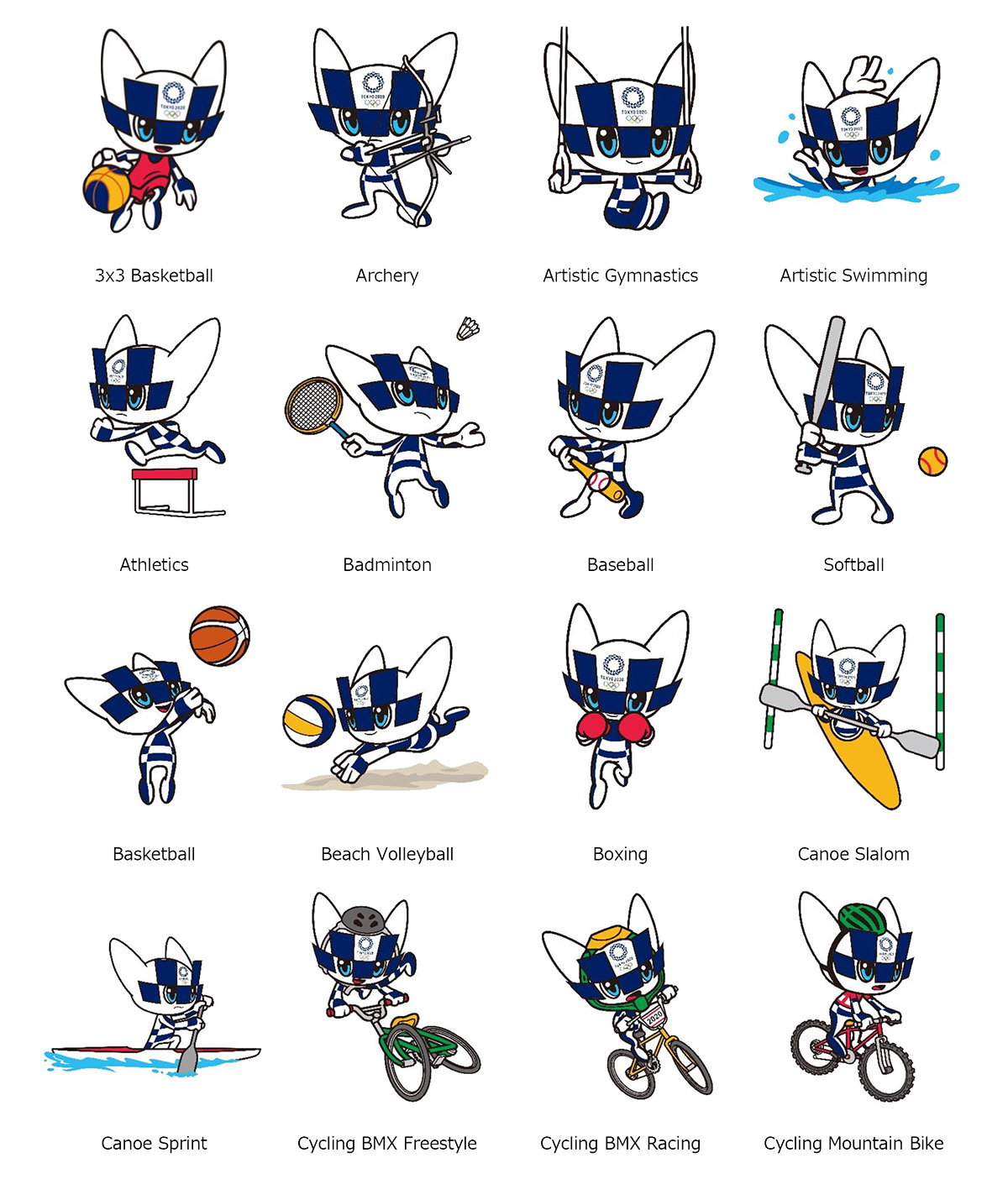
Olympic Games: Bing Dwen Dwen
The jovial panda mascot is an ambassador for winter sports. Bing (冰) is the Chinese character for ice, while Dwen Dwen (墩墩) is a common nickname in China for children that implies healthiness, cuteness, and ingenuousness – characteristics also shared with pandas.
Clothed in a full body suit of ice, a symbol of purity and strength, Bing Dwen Dwen wants to emulate the physical and mental power of Olympians, and to help spread the enduring Olympic spirit. The heart shape in its left palm represents the host country’s hospitality, and the mascot is expected to connect and bring joy to people participating and watching the Olympic Winter Games Beijing 2022 from all over the world.
The coloured halo surrounding its face is suggestive of ice and snow tracks, as well as the flowing “ribbons” on the exterior of the National Speed Skating Oval, one of two new competition venues in the Beijing zone that is expected to become a landmark of the Games.
The dynamic lines of the halo also embody the increased connectivity in the era of 5G communications. Resembling an astronaut, Bing Dwen Dwen stands for Beijing 2022’s embrace of new technologies that will bring about a future with infinite possibilities.
Source: The Beijing Organising Committee for the 2022 Olympic and Paralympic Winter Games (BOCOG)
Paralympic Games: Shuey Rhon Rhon
Shuey Rhon Rhon (雪容融) is a Chinese lantern child ready to welcome friends from around the world for a big party. Exuding positivity, the glow emanating from its heart symbolises the inspiring warmth, friendship, courage, and perseverance of Para athletes that light up the dreams of millions every day.
The Chinese lantern is a millennia-old cultural symbol associated with harvest, celebration, prosperity, and brightness. Red is the most auspicious and festive colour in the country, and is all the more fitting given that the Games will coincide with Chinese New Year celebrations in February and March 2022.
The overall design on Shuey Rhon Rhon draws from traditional Chinese papercut art and Ruyi ornaments, and features doves, Beijing’s iconic Temple of Heaven, and snow to symbolise peace, friendship, and good fortune.
Shuey has the same pronunciation as 雪, the Chinese character for snow. The first Rhon (容) in the mascot’s Chinese name means “to include, to tolerate”, while the second Rhon (融) means “to melt, to fuse” and “warm”. The name expresses the hope that there would be more inclusion for people with impairments, and more dialogue and understanding between cultures of the world.
Source: The Beijing Organising Committee for the 2022 Olympic and Paralympic Winter Games (BOCOG)
Read more
- Press release BOCOG
- Press release IOC
- Press release IPC




















